Why You Should Only Use Properly Seasoned Firewood
The leaves are turning, and the nights are getting colder, which means it’s near time to light that first fire of the season. However, many people still don’t realize how crucial it is to use properly seasoned firewood. In this post, we’ll show you why it’s the case.
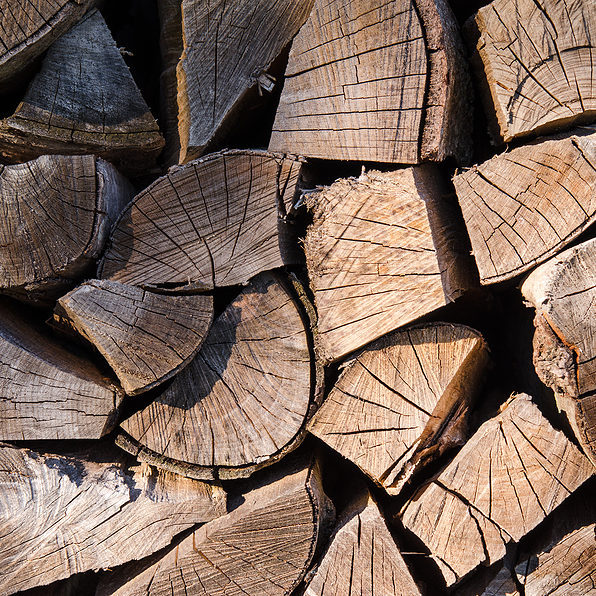 What Is Seasoned Firewood?
What Is Seasoned Firewood?
Seasoned firewood is wood that’s been thoroughly dried. If you cut firewood yourself, most experts agree that it’s best to store it in a place where it can dry out for a minimum of six months. If you need wood sooner, you could opt to dry it via a kiln. Kiln-dried firewood can be finished in as little as 75 minutes.
Why You Should Use Seasoned Firewood
The problem with fresh-cut wood is it contains a high level of moisture, which is more difficult to burn, produces more smoke, and is prone to popping. Popping firewood can cause embers and sparks to shoot into the house, putting you at risk of a fire.
Also, more smoke means faster creosote buildup on the inside walls of the chimney, which is a fire risk. Finally, fresh-cut firewood is more difficult to ignite and doesn’t burn as efficiently as seasoned wood, which means you use more wood to keep the fire going.
Seasoned Wood Versus Kiln-Dried
We mentioned that you could dry firewood by storing it in a dry place and letting it sit for approximately six months, or you could use a kiln. But is one method superior? First, if you purchase firewood, seasoned wood is typically cheaper; however, kiln-dried wood offers several advantages. First, when you season firewood, there’s still moisture left inside —how much depends on how long you let it sit out and the environment. Drying wood in a kiln can remove up to 20% more moisture versus letting it sit out.
Another advantage of using kiln-dried wood is that the logs burn hotter for longer, reducing fuel costs. Estimates vary, but typically, you can get the same heat output from one kiln-dried log as you can from three seasoned logs. If you’re worried about smoke and creosote, the fact that kiln-dried wood is drier means it produces less smoke, which means less buildup in your chimney and a reduced risk of a fire. Finally, kiln-drying wood removes pesticides, mold, and pests that you might find in traditional seasoned firewood.
How to Store Wood For Seasoning
If you’re committed to cutting your firewood and seasoning it yourself, the method you use to store it will make a difference in how hot and efficiently it burns. As mentioned, you must store firewood for a minimum of six months or season to season for best results. However, knowing how and where to stack the wood is crucial. It goes without saying, but store your firewood outside to prevent ants, spiders, and other pests that get stuck in the nooks and crannies from infesting your home. It’s best to stack the wood in rows with the bark side down to allow the moisture to evaporate more quickly.
Many people use a firewood rack they purchase or construct to make stacking more manageable and to keep the wood off the ground. Make sure to stack the logs neatly instead of tossing them in a pile for maximum ventilation and moisture evaporation. Finally, use a cover to protect the wood from rain and snow, but leave the front and back open to allow it to breathe. Wherever you choose to stack the wood, make sure it’s in a place that will enable proper airflow to allow it to dry.
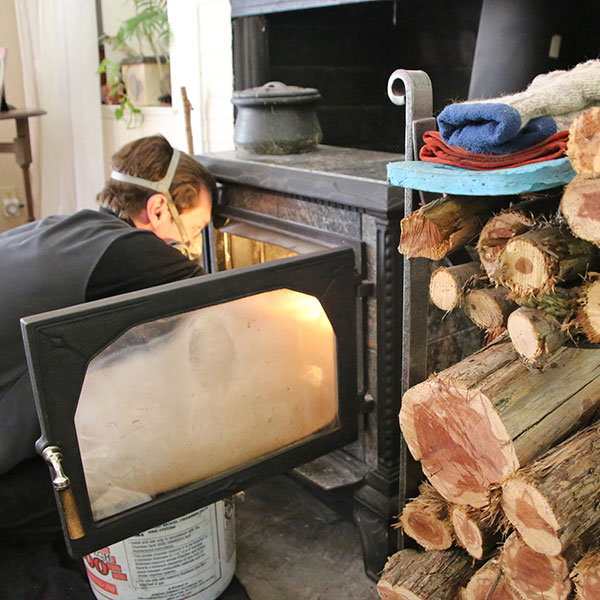 About
About
We offer a full range of chimney and fireplace services, including:
– Chimney Cleaning
– Chimney Inspection
– Chimney Video Scans
– Furnace Flue Cleaning
– Masonry Repairs
– Flue Lining & Re-lining
– Tuckpointing
– Fireplace Insert Sales & Installation
– Wood Stove Sales & Installation
– Firebox Rebuilding
– And More
The post Why You Should Only Use Properly Seasoned Firewood appeared first on .
This post first appeared on https://www.mychimney.com
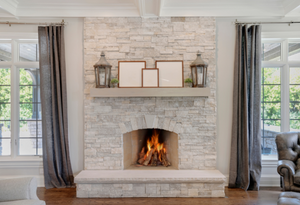
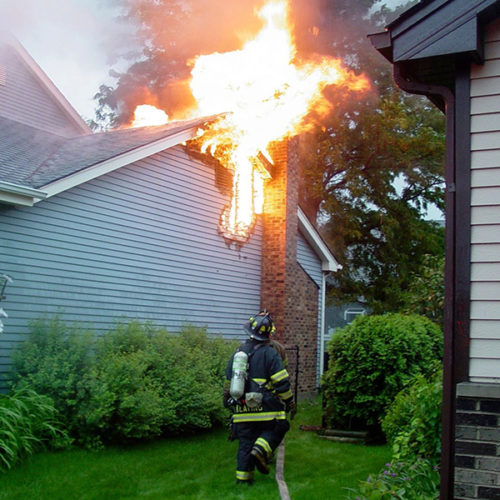 1. Chimney fires
1. Chimney fires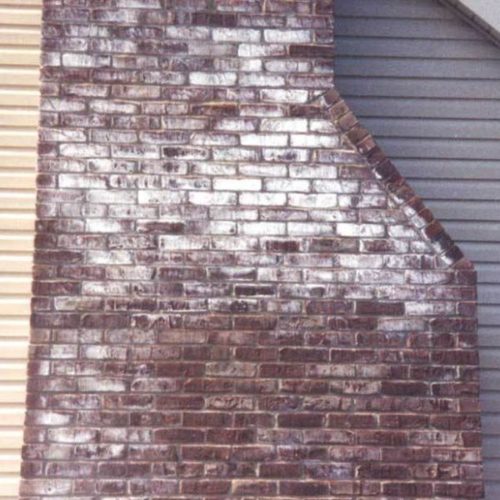
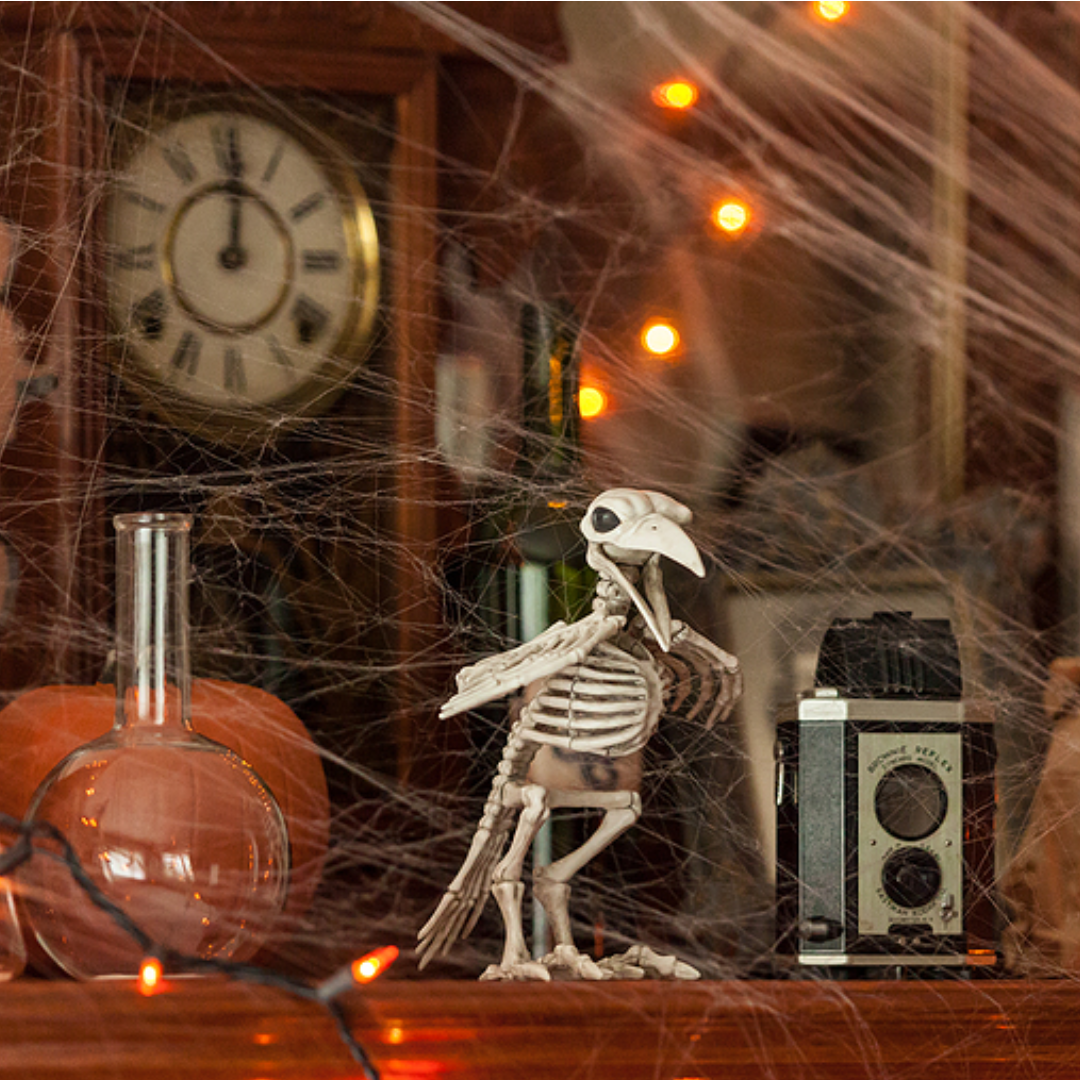 Start with the mantel
Start with the mantel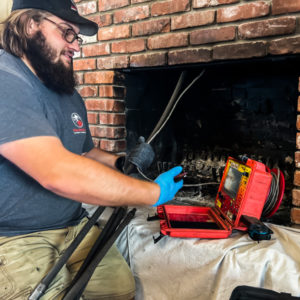 Schedule an inspection and cleaning before winter sets in
Schedule an inspection and cleaning before winter sets in
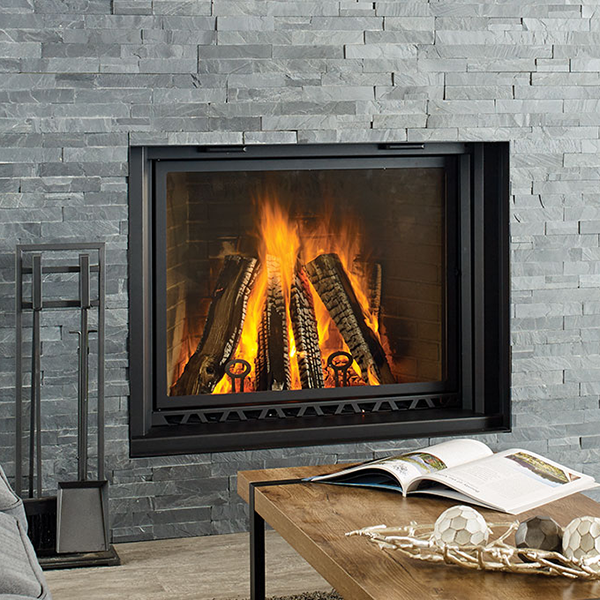 Timeless Aesthetic
Timeless Aesthetic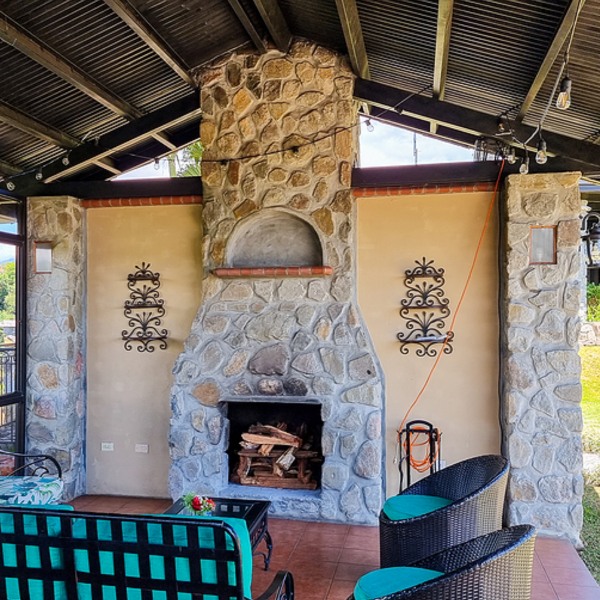 Strong Focal Point
Strong Focal Point